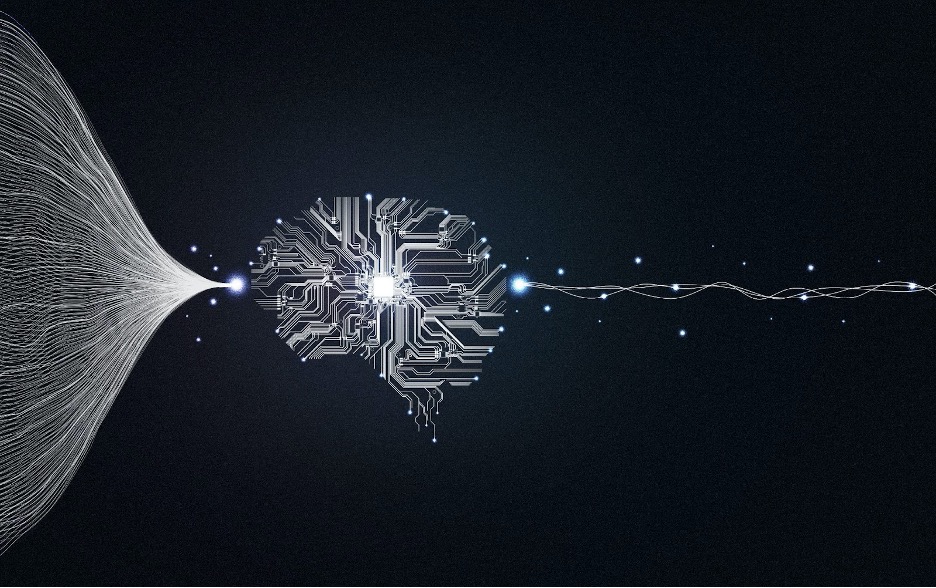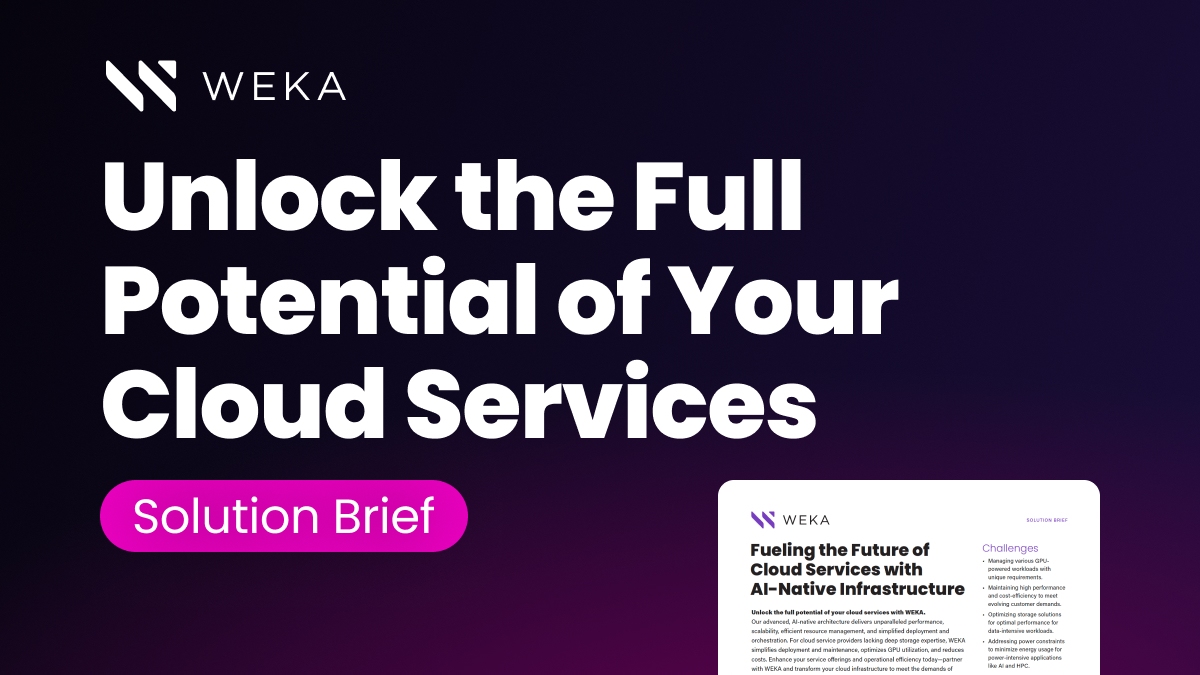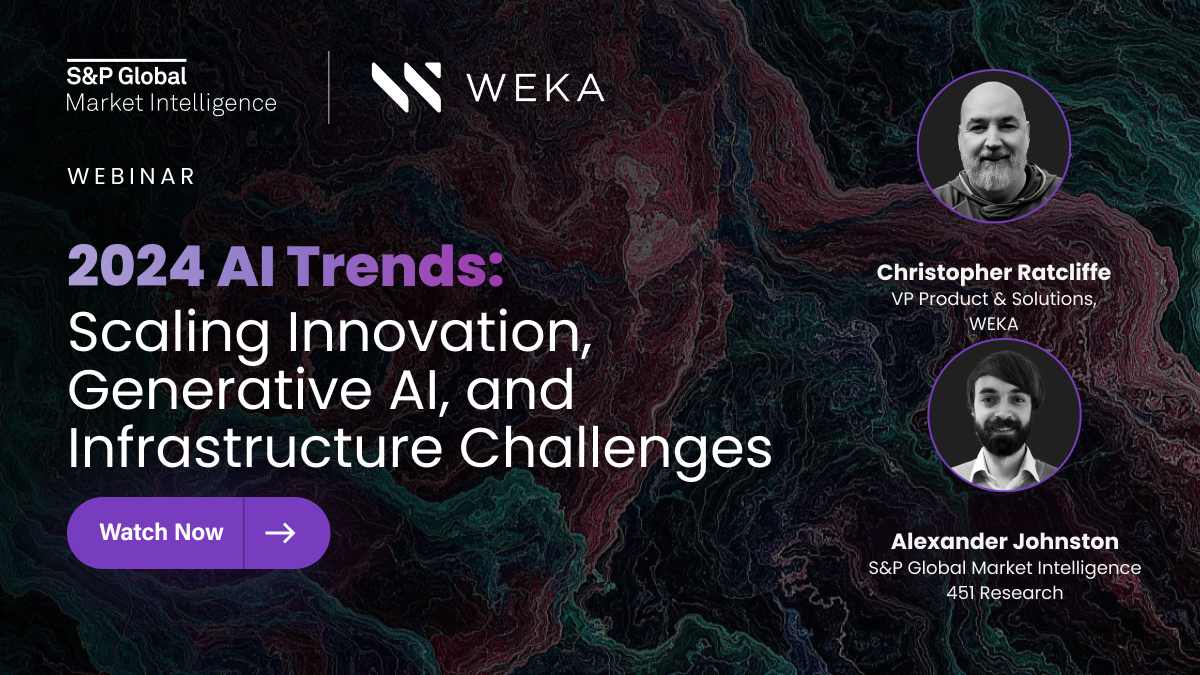Big Data & Machine Learning (How Do They Relate?)

Wondering about big data and machine learning? We explain what they are, how they relate to each other, and why they are important in data-intensive applications.
How do big data and machine learning relate to each other? Big data refers to vast amounts of data that traditional storage methods cannot handle. Machine learning is the ability of computer systems to learn to make predictions from observations and data. Machine learning can use the information provided by the study of big data to generate valuable business insights.
What Are Big Data and Machine Learning?
Terms like “big data” and “machine learning” are often used together because, in modern computation, they are closely related. Machine learning, by and large, requires vast quantities of training data to function at the level of innovation it does today.
“Big data” doesn’t just refer to a large amount of data. There is no cutoff for what constitutes “big” vs. “small” data. Instead, it is a paradigm of computing where large quantities of data, more considerable than has ever been assembled in human history, is used to fuel applications, analytics, and machine learning. This vast quantity of data is enabled by modern data gathering tools, primarily connected to cloud computing, that can collect information from users on platforms from around the world.
Furthermore, “big data” isn’t necessarily a singular project. Businesses and organizations in different industries will collect gigabytes or even terabytes of information from users who use their services. For example, organizations in the insurance industry can collect historical data on customer claims, accident statistics, weather patterns, road conditions, and other forms of behavior to empower more informed and accurate decision-making.
The challenge here is that the human mind cannot encompass or process this vast sea of information, much less make any meaningful sense of it. New developments in cloud applications and processing have driven analytics to turn these vast quantities of data into actionable information.
One of the places where this flow of information has had an impact is machine learning. When machine learning and artificial intelligence (AI) were first studied seriously, many initial ideas about what was possible were overzealous. Since then, considerable strides in theory, development, and innovation have given way to realizations that the technology wasn’t ready.
We’ve seen companies in specific industries use their cloud capabilities to gather, process, and compute big data in ways that have allowed applied machine learning algorithms to function in ways we never thought possible.
Big Data Analysis vs. Machine Learning vs. Artificial Intelligence
It’s important to note that big data and machine learning (and by proximity AI) are incredibly distinct disciplines that have evolved over time.
- Big Data Analytics: Deriving intelligence from data has been the quest of modern computation for decades. To a lesser extent, it has also been a goal of research into AI and machine learning. However, analytics is a discipline unto itself. Within analytics, you’ll find data scientists and engineers looking at ways to consume, curate, organize, and read structured and unstructured data. Analytics as a discipline focuses on using different consumption and categorization methods to derive meaningful insights for users—insights they can use to develop better decision-making processes around that data.In many cases, analytics can be automated, and we see platforms that allow non-technical users to control dashboards and visualizations without knowing the underlying processes.
- Machine Learning: Machine learning is just that: machines learning.This happens through developing algorithms that can ingest data and use it to inform automated, strategic decision-making. Machine learning algorithms focus exclusively on how computers can use data to learn strategies and behaviors within specific contexts. Within the discipline of machine learning, you’ll find subdisciplines like deep learning and reinforcement learning.
- Artificial Intelligence: AI has been a hot topic since the early- and mid-20th century. While it is closely related to machine learning, AI is, in fact, a distinct discipline. Whereas machine learning emphasizes how machines can learn behaviors, AI comprehensively discusses how intelligent machines can function in different contexts.
There is significant overlap between these disciplines. Artificial Intelligence relies on machine learning algorithms and the “brains” created from them (typically through neural network systems). Both rely on big data analytics to process data and provide different views or approaches.
High-Performance Computing and Machine Learning
The rise of big data is tied directly to the rise of cloud architecture. Networked systems simply couldn’t support the volume of work needed to fuel advanced analytics and machine learning. But, with cloud computing and related technologies, we’ve seen the rise of AI and machine learning as practical parts of the modern economy.
What is it about the cloud that has enabled big data analytics and machine learning? Consider the following:
- Automation: Cloud platforms support automated data processing, which relieves administrators from directly managing inputs and information flows. The move to include automation and data scientists into cloud computing has exponentially increased the efficiency, effectiveness, and accuracy of data systems in the cloud.
- Distributed Environments: Networks systems are, on the surface, inefficient and dependent on particular technologies that often serve as choke points in performance. Distributed cloud environments, however, have stripped out bottlenecks and data silos as a principle of their design so that performance and scalability are paramount. Large cloud environments support increasingly large and complex data processing systems.
- High-Performance Computing: Cloud technology has led to a reimagining of what it means to support high-performance computing (HPC). Modern applications of HPC systems leveraging optimized hardware and software, automated processing and data organization, and immediate scaling have powered machine learning and analytics far beyond what we would have seen even 15 to 20 years ago.
Power Machine Learning and Analytics with WekaIO
At the heart of any discussion of modern data science and machine learning is the use of HPC environments and cloud technologies. AI, analytics, learning and decision making, life science research—all of these applications call for powerful computing on platforms that can handle intense workloads and high-demand scalability.
WekaIO is a platform purpose-built to handle such workloads. We bring the following to your big data and machine learning applications:
- Streamlined and fast cloud file systems to combine multiple sources into a single HPC system
- Industry-best, GPUDirect Performance (113 Gbps for a single DGX-2 and 162 Gbps for a single DGX A100)
- In-flight and at-rest encryption for GRC requirements
- Agile access and management for edge, core, and cloud development
- Scalability up to exabytes of storage across billions of files
Contact us today if you’re ready to learn what a high-performance cloud platform like WekaIO can do to empower your advanced research and computation needs.
Additional Helpful Resources
High Performance Data Analytics
How GPUDirect Storage Accelerates Big Data Analytics
How to Make Algorithmic Trading Work Faster
How GPUDirect Storage Accelerates Big Data Analytics
Machine Learning Meets the Internet of Things: Challenges and Opportunities
How Machine Learning Enhances Business Intelligence
GPUs for Machine Learning





